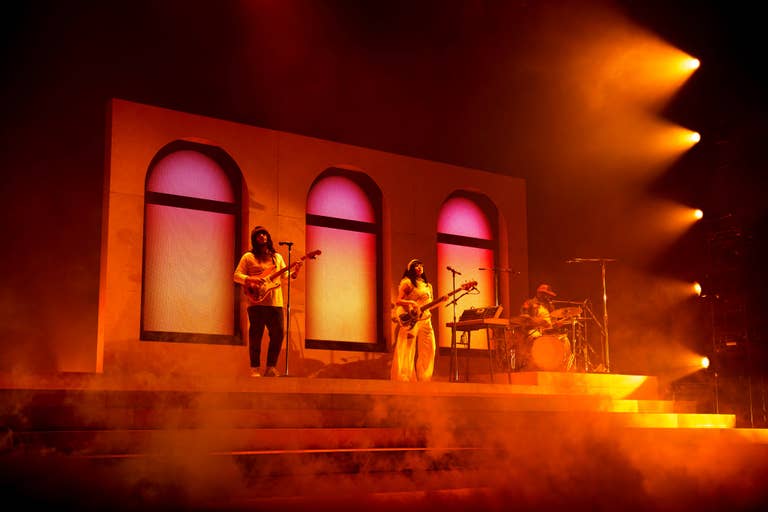
History
The Resilient Legacy of The Met Philadelphia
The Metropolitan Opera House in Philadelphia, PA, boasts a rich history that spans over a century.
Early Years and Construction (1908-1910)
- Concept and Construction: The Metropolitan Opera House, commonly known as "The Met," was built by Oscar Hammerstein I. It was originally constructed as the Philadelphia Opera House to serve as the home for Hammerstein's opera company, competing with the New York Metropolitan Opera. The building was completed in 1908, with the design reflecting a Beaux-Arts architectural style.
- Inaugural Performance: The Met officially opened its doors on November 17, 1908, with a performance of "Carmen" by Georges Bizet.
The Decline and Rebirth (1910-1954)
- Sale to the Metropolitan Opera: Facing financial difficulties, Hammerstein sold the opera house to the Metropolitan Opera of New York in 1910, which continued to use it as a venue for their Philadelphia performances until 1920.
- Subsequent Uses: After the Metropolitan Opera ceased its Philadelphia performances, the building was used for various purposes, including as a cinema, ballroom, and sports venue. The venue also hosted vaudeville shows, lectures, and even religious services.
The Rev. Leon H. Sullivan Era (1954-1995)
- Religious Use: In 1954, the building was purchased by the Reverend Leon H. Sullivan, a prominent civil rights leader and Baptist minister. Sullivan renamed it the Philadelphia Metropolitan Opera House and converted it into a church and community center. Under Sullivan's stewardship, the building served the African American community and hosted numerous religious and cultural events.
- Structural Deterioration: Despite its continued use, the building's structure began to deteriorate, and it faced numerous challenges, including financial difficulties and the need for significant repairs.
Preservation and Renovation Efforts (1995-2018)
- Preservation Efforts: The Met was added to the National Register of Historic Places in 1972, highlighting its architectural and historical significance. However, by the 1990s, the building was in dire need of restoration.
- Revival Efforts: Several attempts were made to restore and repurpose the building throughout the late 20th and early 21st centuries. These efforts culminated in a major renovation project initiated by developer Eric Blumenfeld and Live Nation in the mid-2010s.
Modern Era and Current Use (2018-Present)
- Grand Reopening: After a comprehensive $56 million renovation, The Met Philadelphia reopened on December 3, 2018, with a performance by Bob Dylan. The renovation restored the building's historic features while updating it with modern amenities.
- Current Role: Today, The Met operates as a premier concert venue, hosting a wide range of performances from classical music and opera to rock concerts and comedy shows. The venue's revival has been celebrated as a significant achievement in historic preservation and adaptive reuse.
The Metropolitan Opera House in Philadelphia stands today as a testament to the city's rich cultural heritage and its ongoing commitment to preserving historic landmarks for future generations.

View From The Stage

View From Broad Street
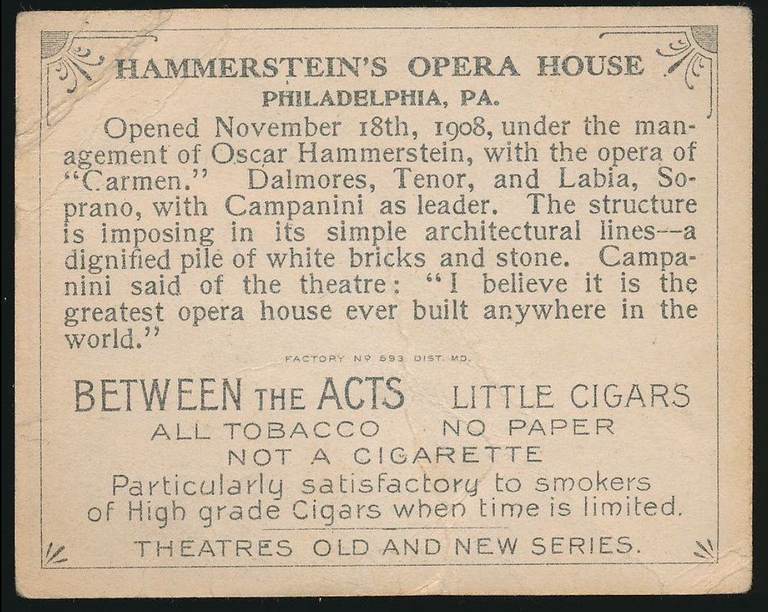
Hammerstein's Opera House - Opened November 18, 1908
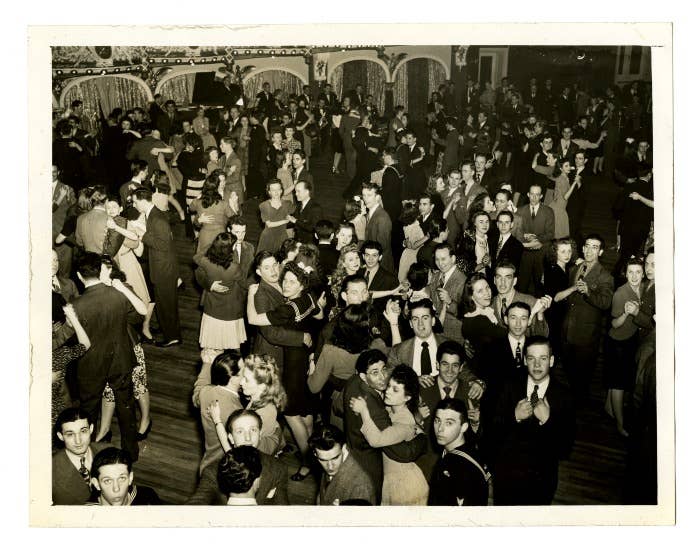
Guests Dancing From Orchestra Level
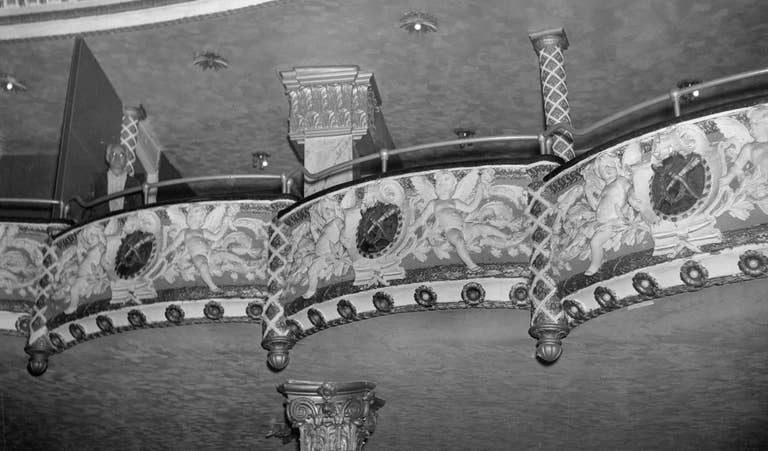
Ornate boxes

View from Broad Street
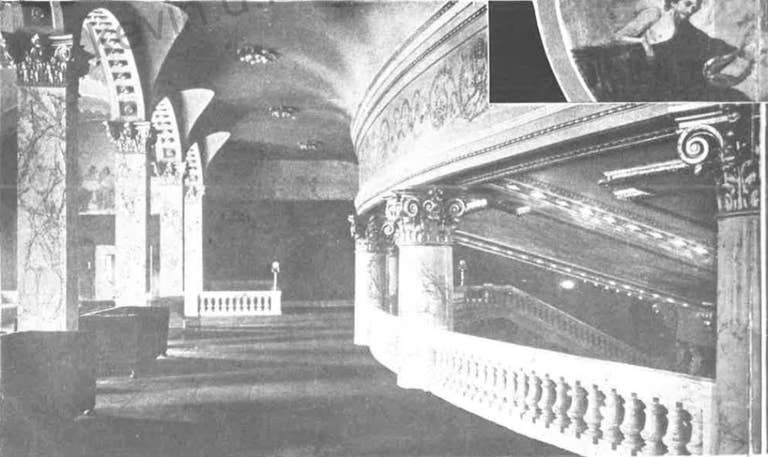
Box seating level
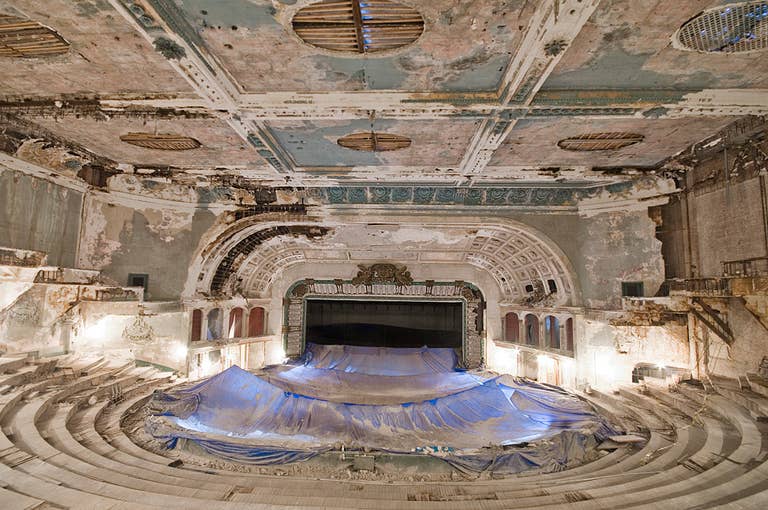
In Renovation

Ribbon Cutting
Reopening on December 3, 2018 as Live Nation's The Met Philadelphia
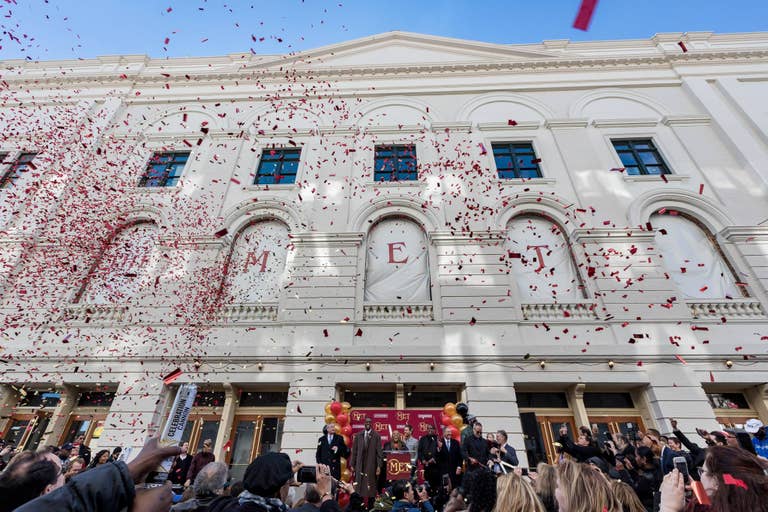

Crowd gathered for Ribbon Cutting ceremony

Installing our glamorous Met sign
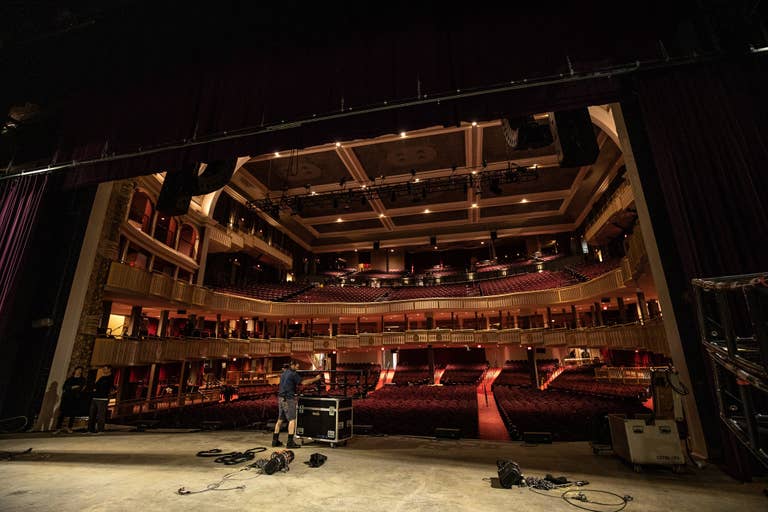
View from renovated stage
Past Performers
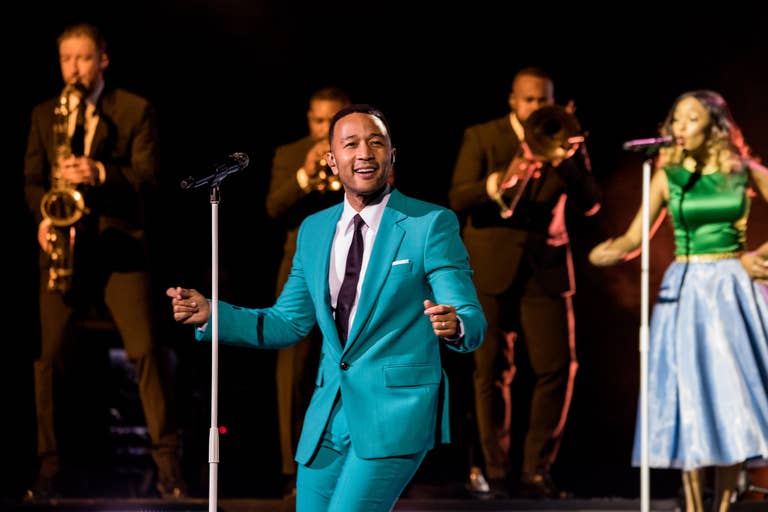
John Legend
December 4, 2018
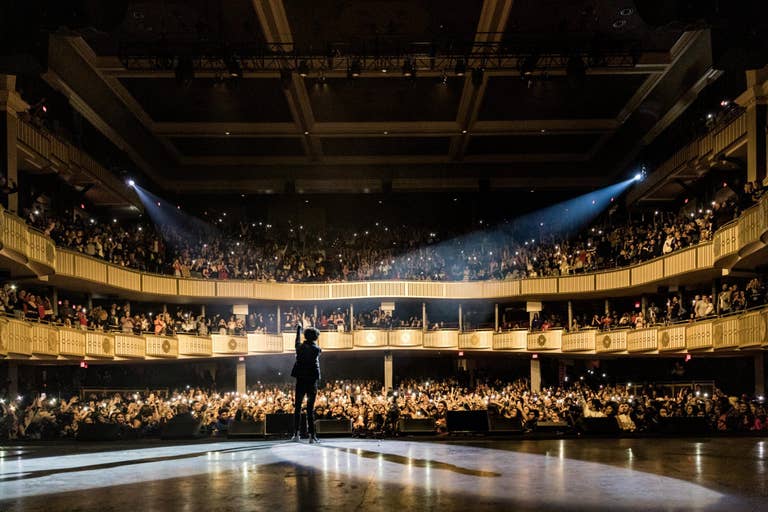
PnB Rock
December 28, 2018
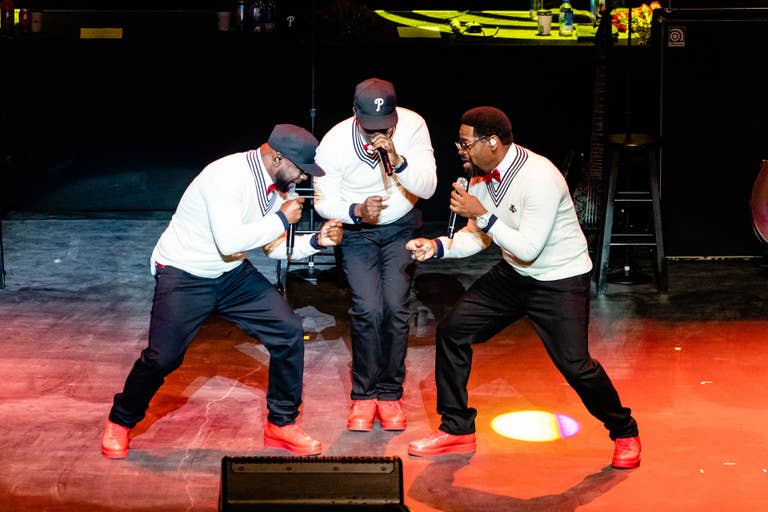
Boyz II Men
February 16, 2019

Meek Mill
March 15, 2019

Mariah Carey
April 3, 2019

Billie Eilish
June 15, 2019
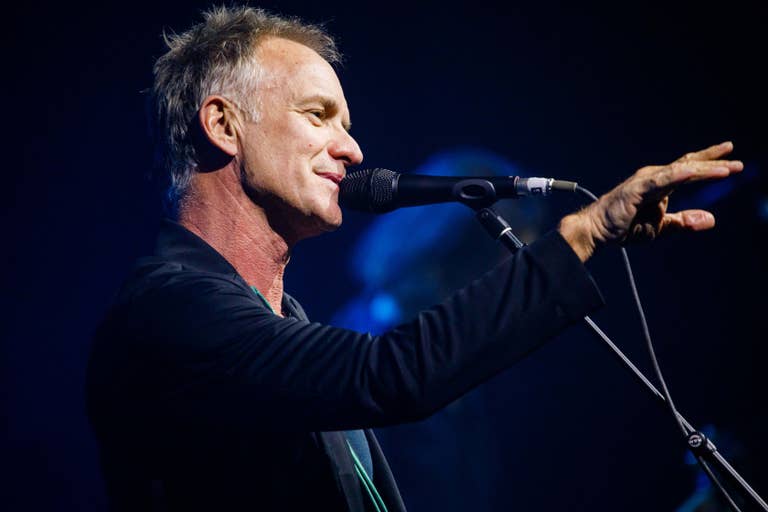
Sting
November 17, 2019
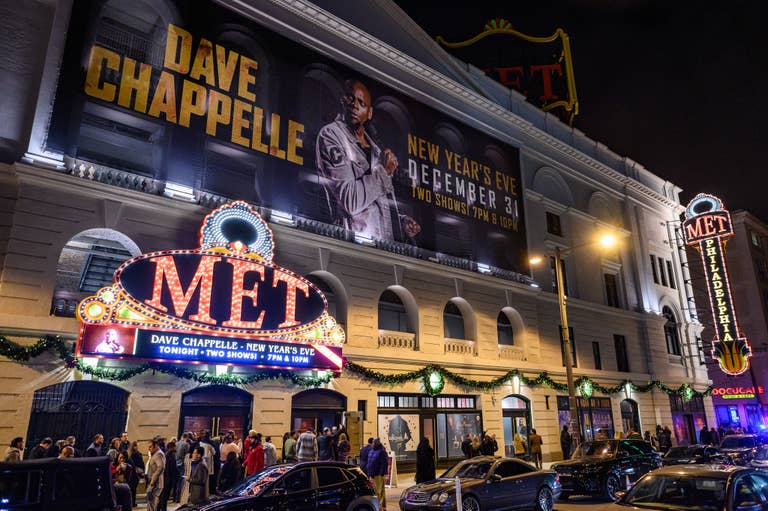
Dave Chappelle
December 31, 2019

Lorde
April 20, 2022

Olivia Rodrigo
May 6 + 7, 2022
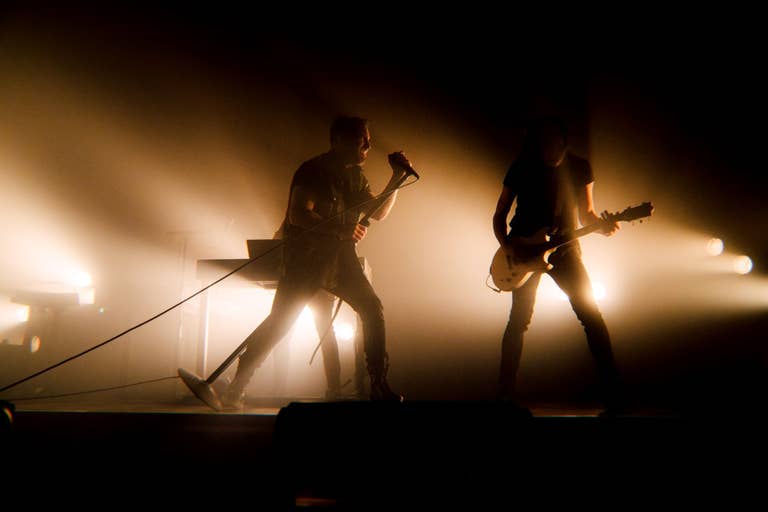
Nine Inch Nails
May 24 + 25, 2022
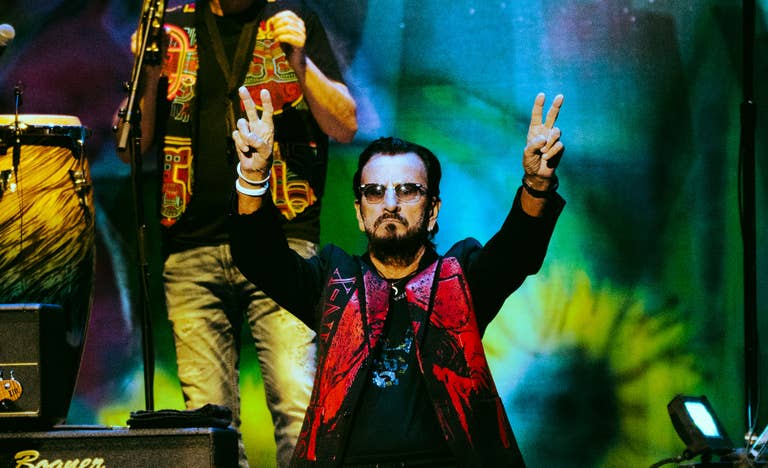
Ringo Starr
September 11, 2022

The Always Sunny Podcast
September 18 + 19, 2022

Gorillaz
October 14 + 15, 2022
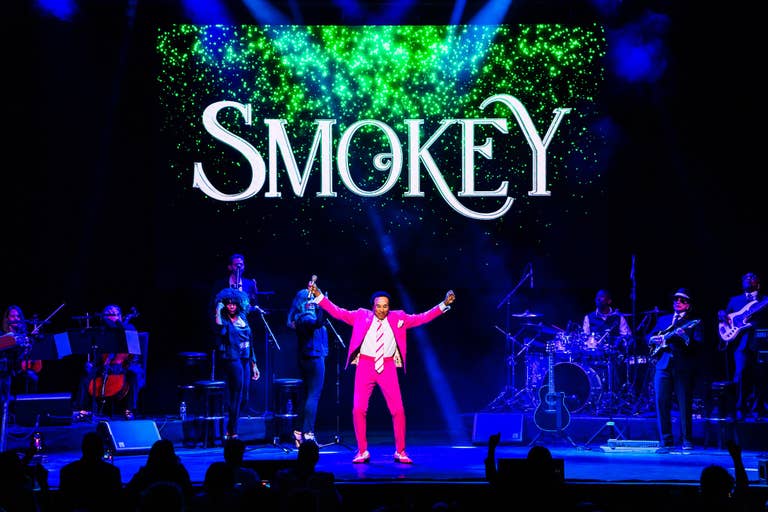
Smokey Robinson
November 26, 2022

Jill Scott
March 16, 18, 19, 2023
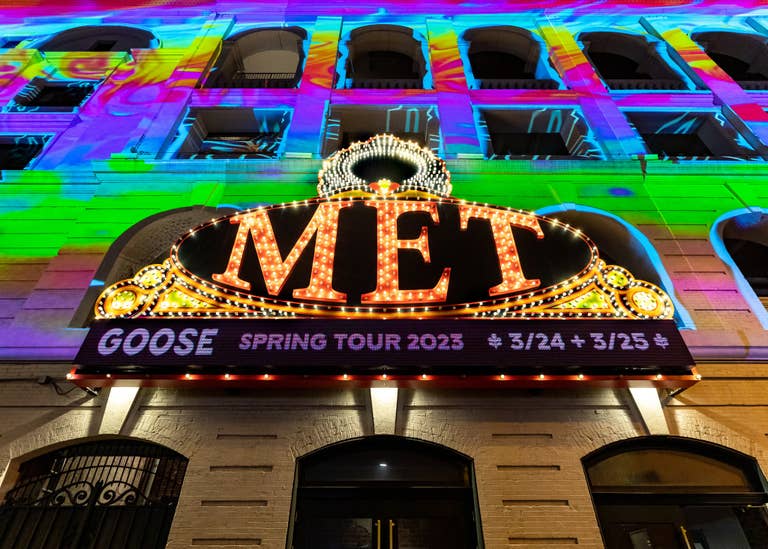
Goose
March 24 + 25, 2023
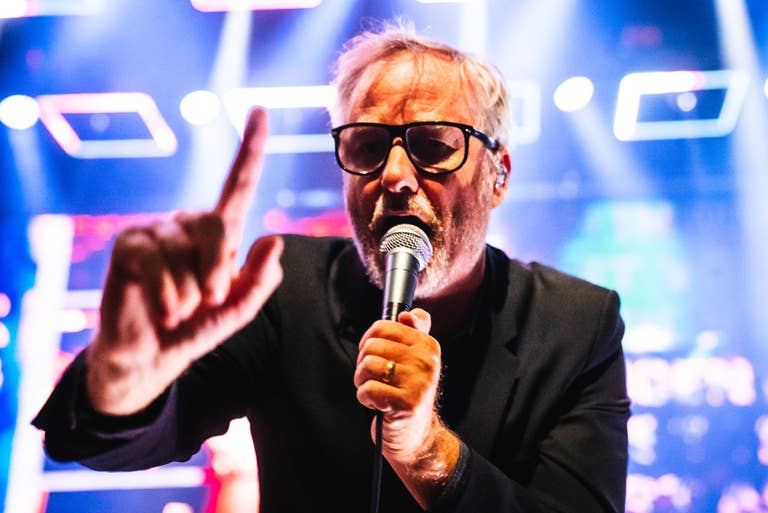
The National
August 1 +2, 2023
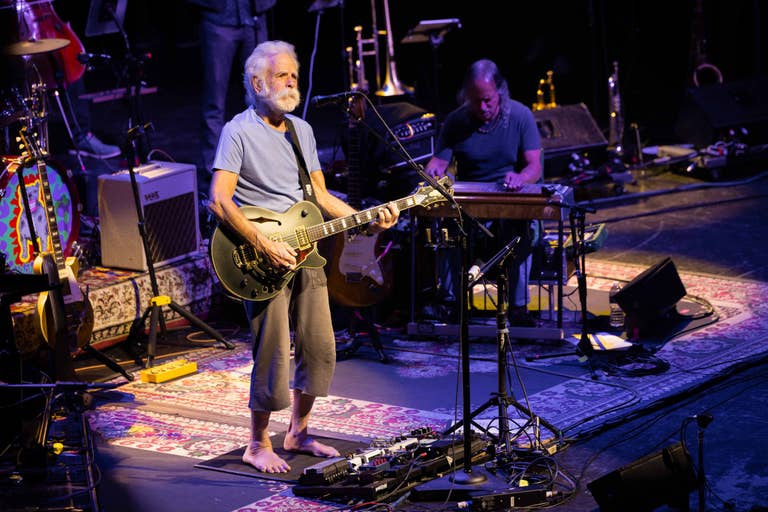
Bob Weir
September 27, 2023
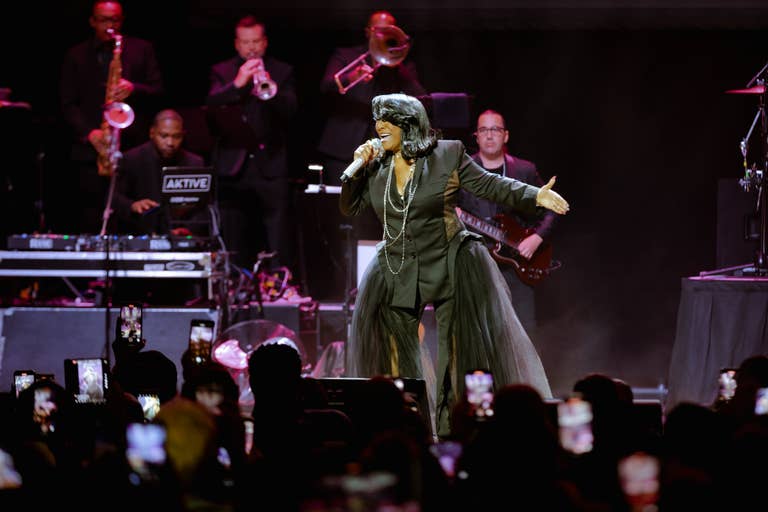
Patti LaBelle
December 9, 2023

Mitski
February 6 + 7, 2024
